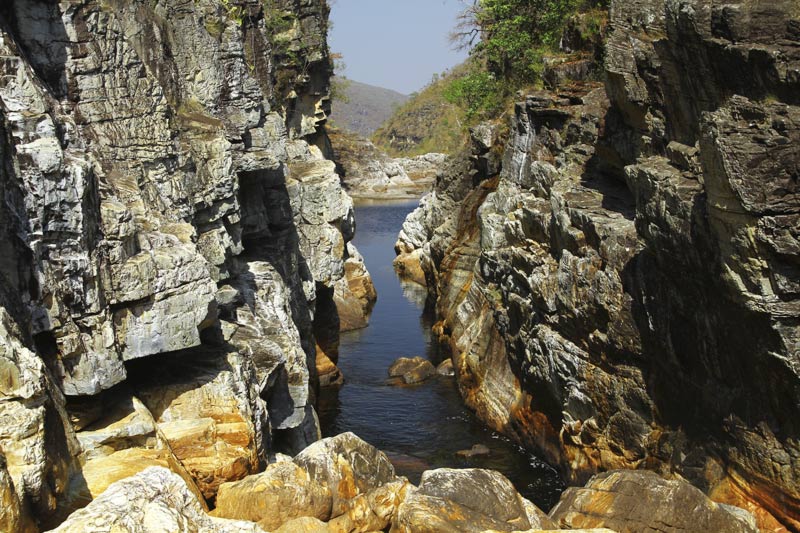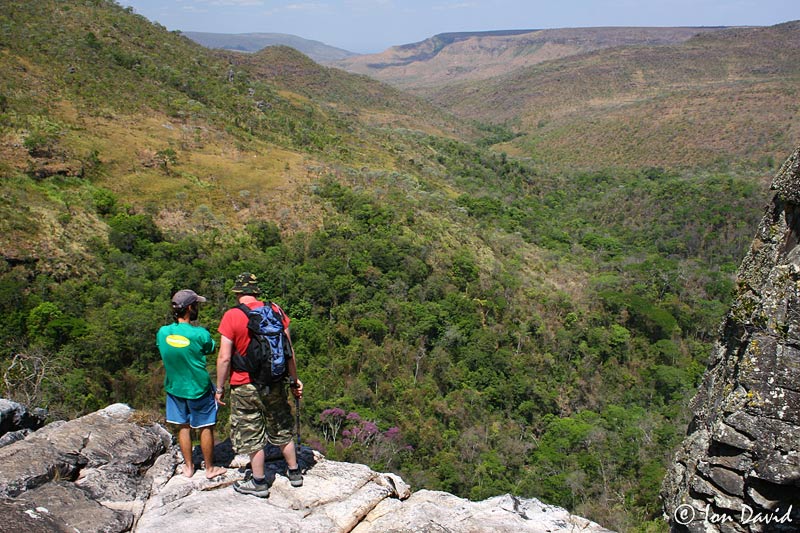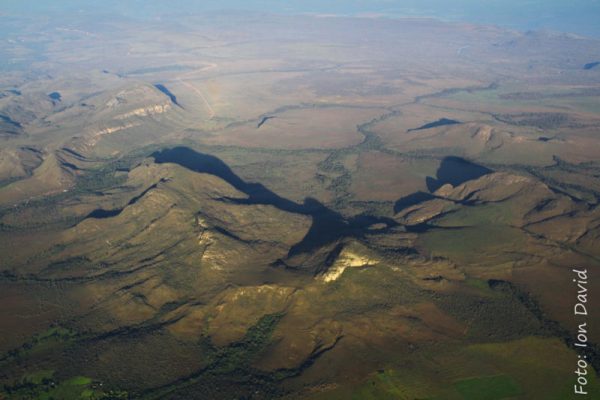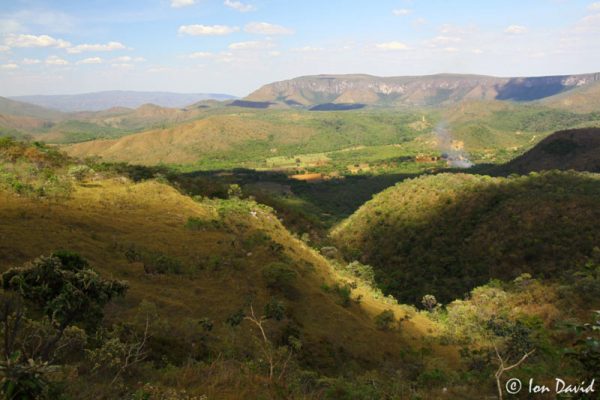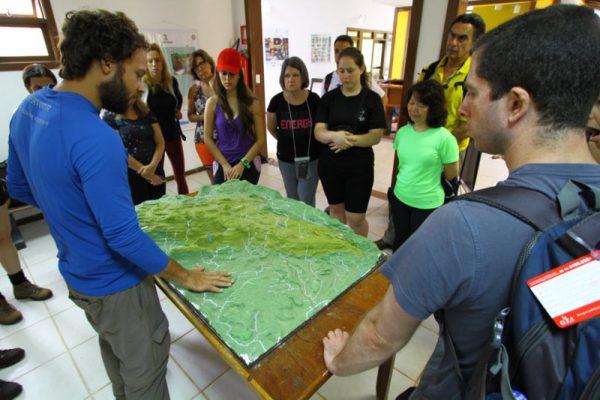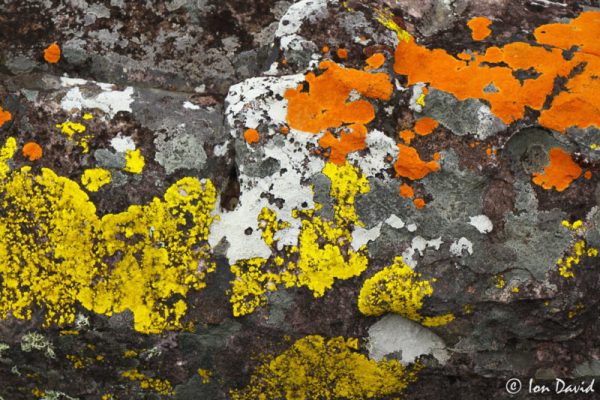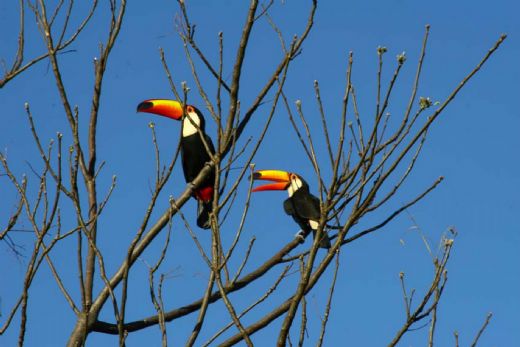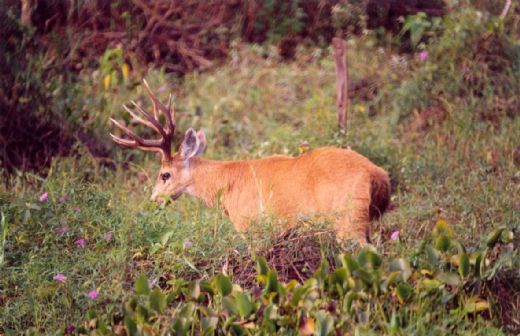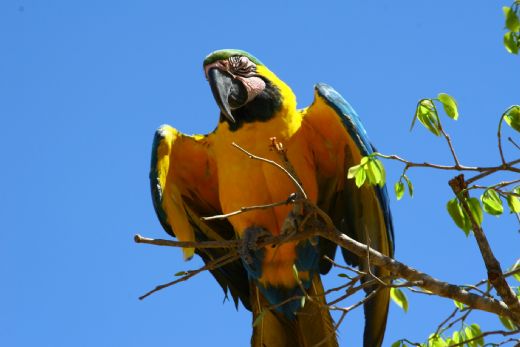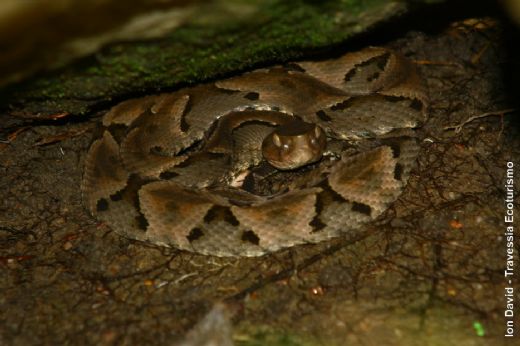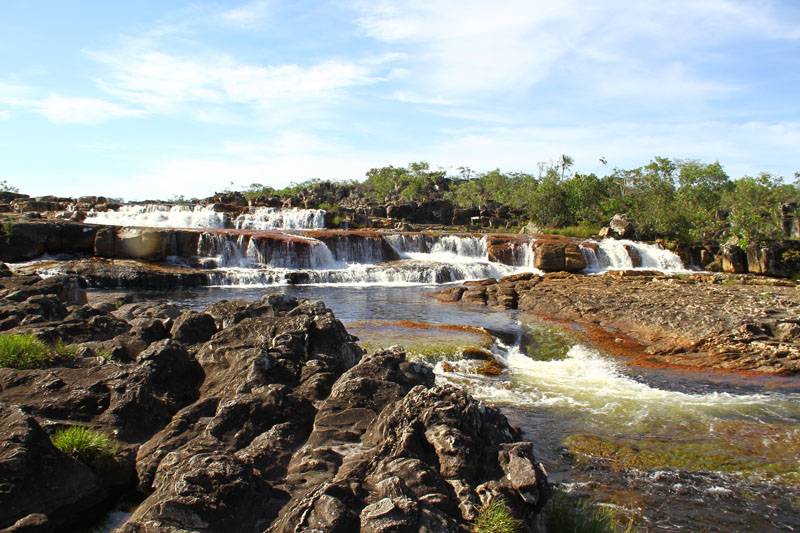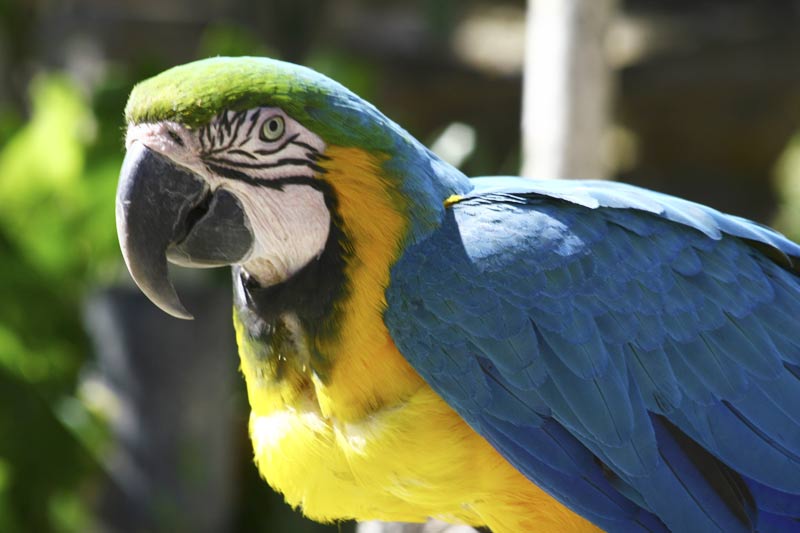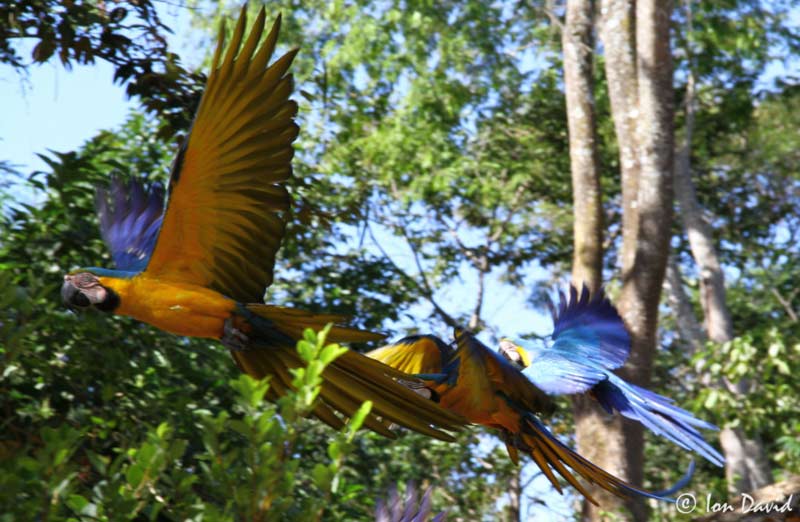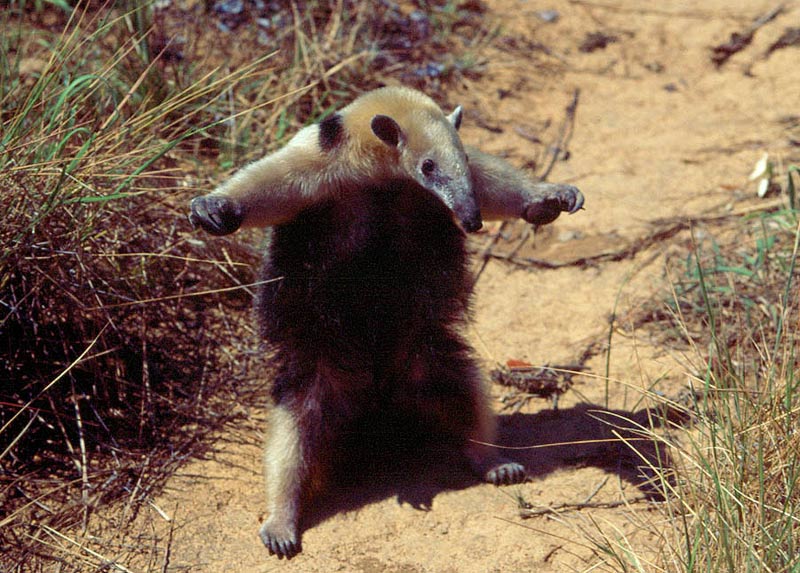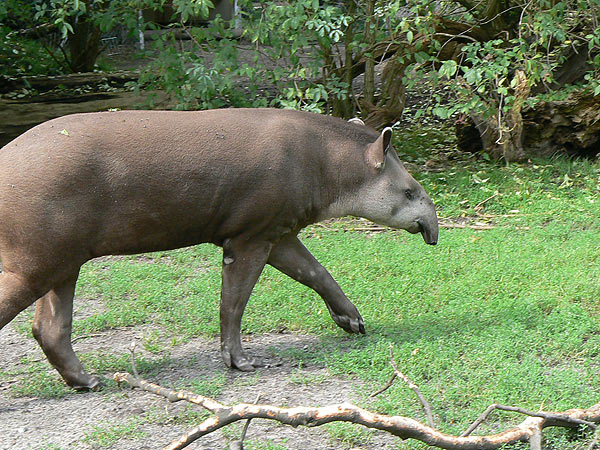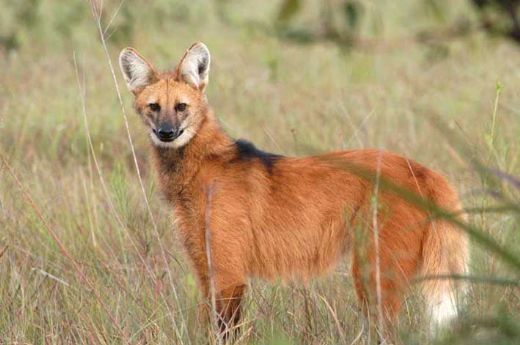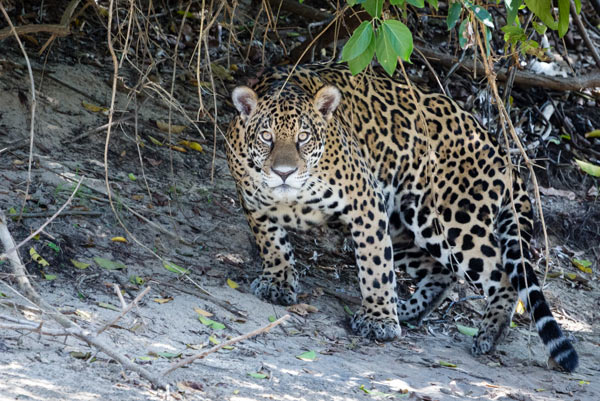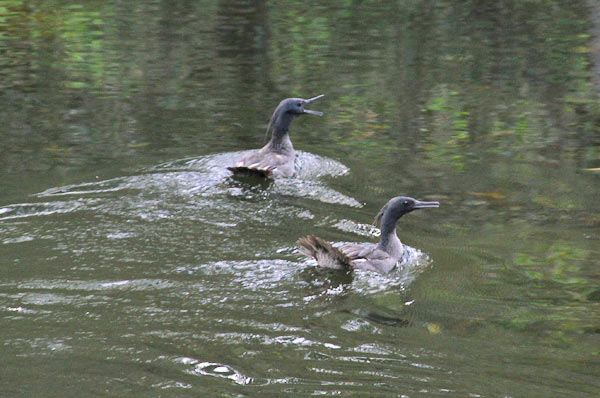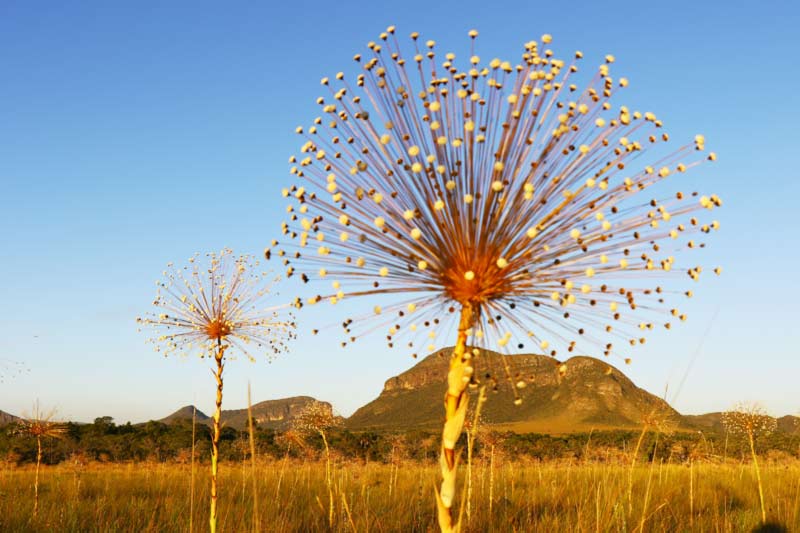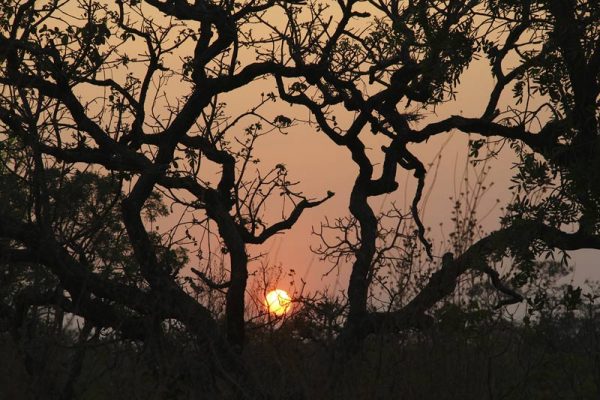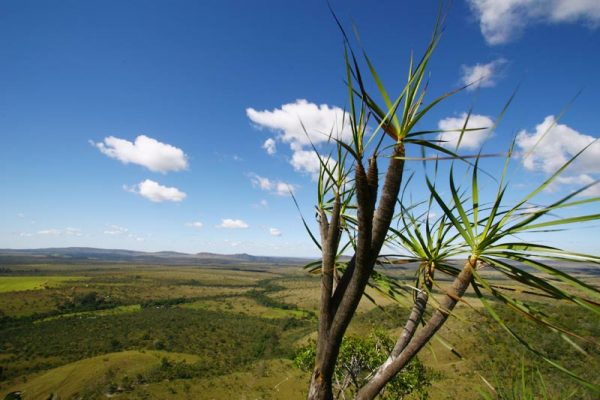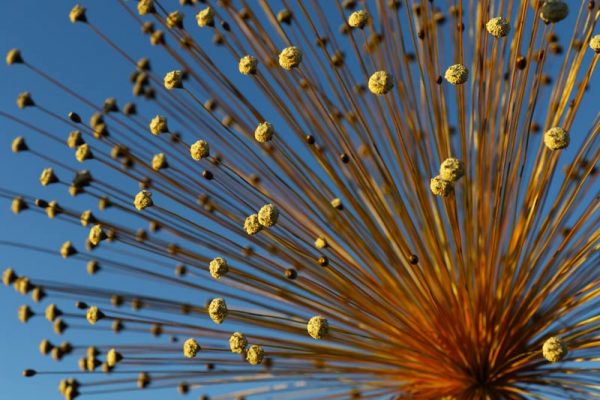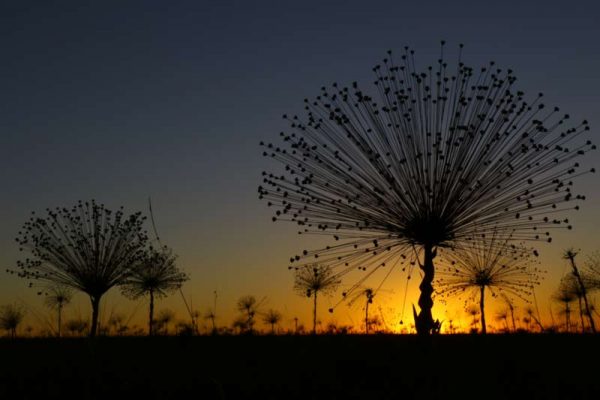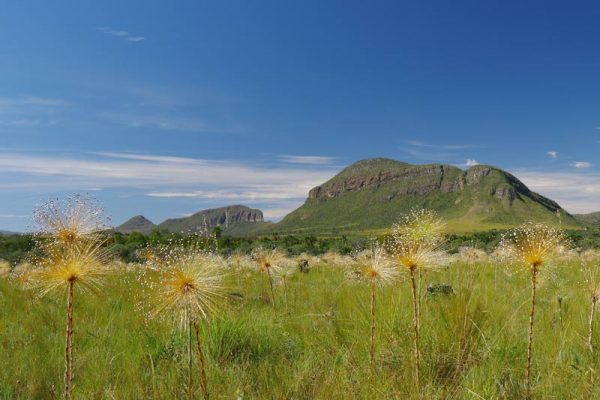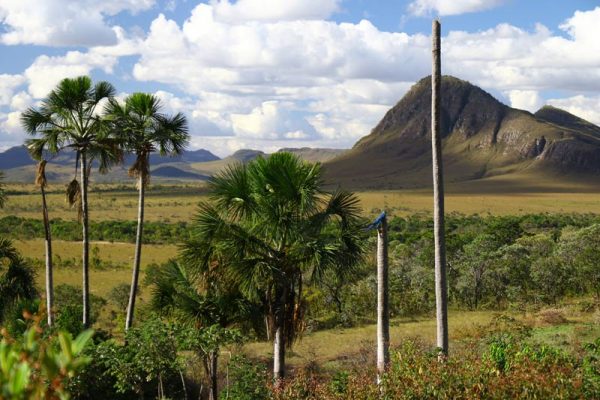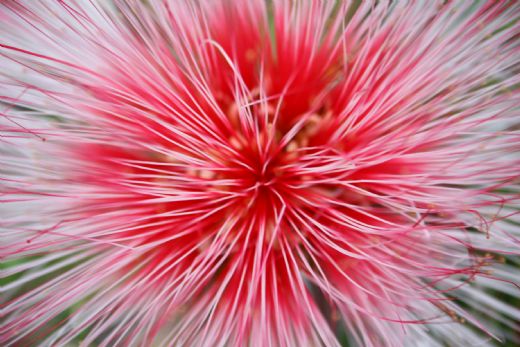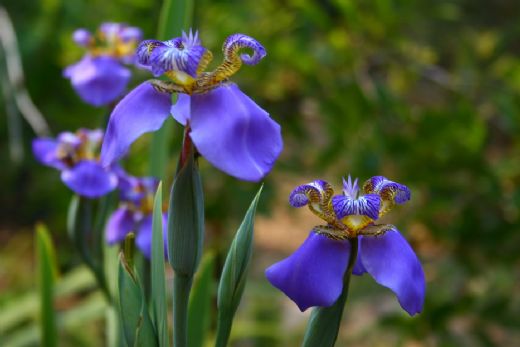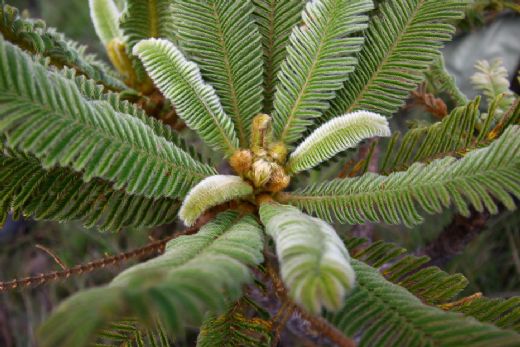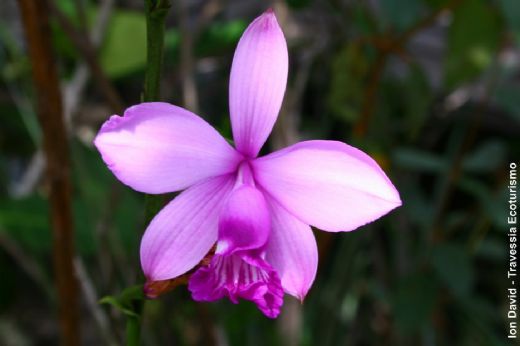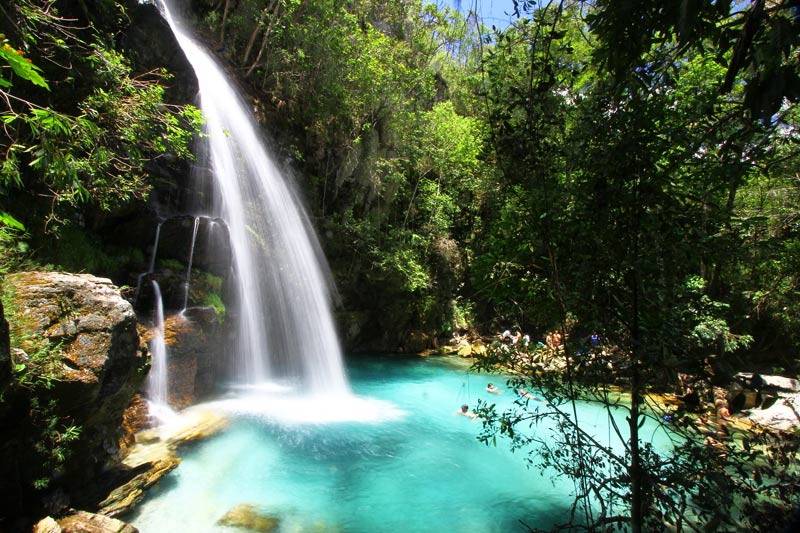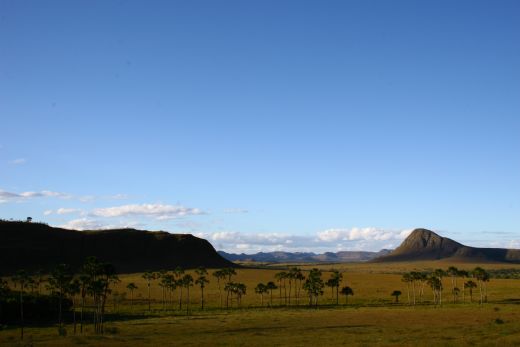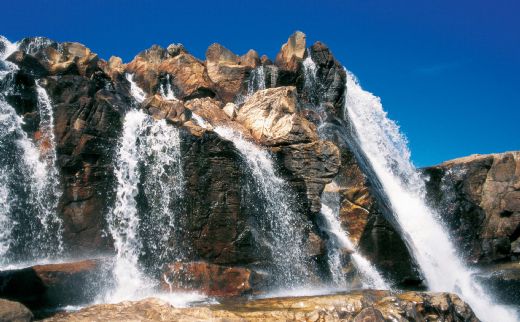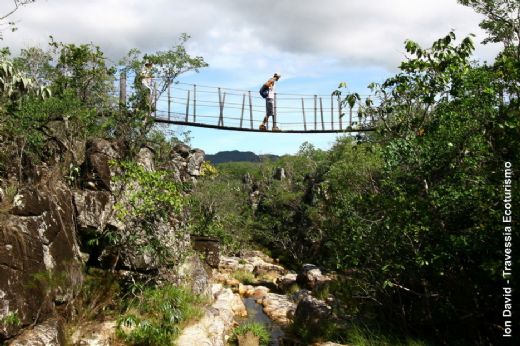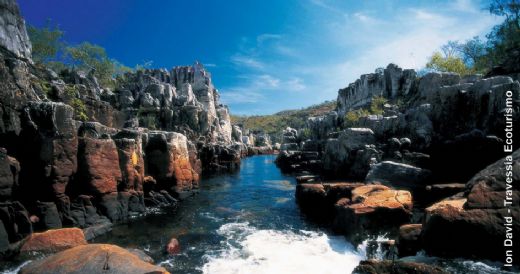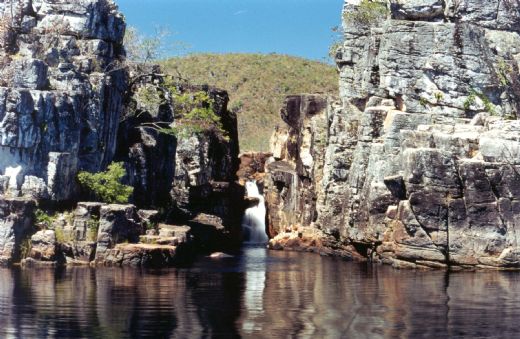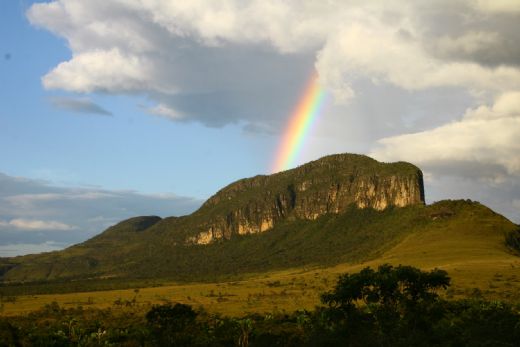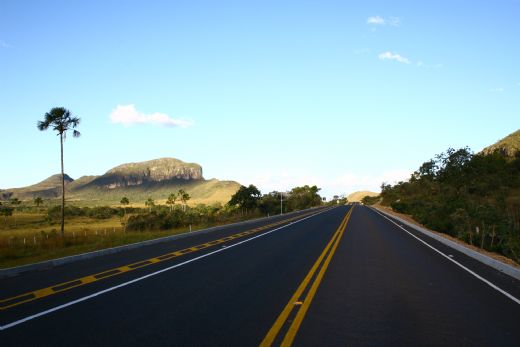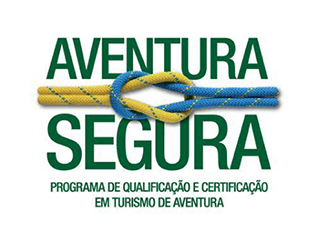First humans to cross this region were the nomadic indigenous tribes of the Avá Canoeiros and Crixás, who came to the mountains for hunting and used to build temporary shelters.
Around 1730, the first Brazilian Colonial Explorers, the Bandeirantes, arrived. They have mined gold from water streams and settled the first local villages. Alongside them, African Natives were brought as slaves. But soon enough, they ran away from the mining camps to the valleys, where hidden communities were established and still remain quite isolated. Forming the Kalunga Community, living in the north portion of Cavalcante County.
The founding of Mr. Francisco de Almeida’s Veadeiros Farm, in 1750, became an important factor for the future of colonization, but nothing remarkable actually happened in this bucolic scenery from the decline of the gold mining era (1780) until the end of the Nineteenth Century.
Only in 1892, significant transformations in the geographic, political and social life of Brazil’s central region came about. The creation of the Comissão Exploradora do Planalto Central (Central Mesa Exploration Commission), led by Luiz Cruls and constituted by scientists, technicians and military staff, focused on demarcating the area for the future Brazilian District Capital. Expeditions occurred and the limits of the Capital land were set, but the Capital remained the same up until 1960, when Brasilia was founded. The brand-new Federal Capital, made the whole region prosper and start to reflect the deep changes produced by it.
A year after the Capital was founded – 1961 – President Juscelino Kubitschek created the Chapada dos Veadeiros National Park, first called Tocantins National Park, which encompassed a huge piece of Brazil’s central region and all its natural beauty.
In 1980 two important projects changed the region to its current feature: The Alto Paraiso and Rumo ao Sol Projects. The first was a government project looking to develop tourism in the region, by laying urban facilities such as hotels, airport, roads, and fruit production, creating a regional development pole in the State of Goias’ northeast. The second one, led by a group of enthusiasts, focused on developing alternative communities, based on holistic and mystic concepts. For the first time in history, a fairly large number of settlers were attracted to the region coming from all over the country.
The development of eco-tourism as an economic activity came as a later event. So, from the time of first explorers to current days, Chapada dos Veadeiros and its Communities have since experimented with many political, social and economic changes.
